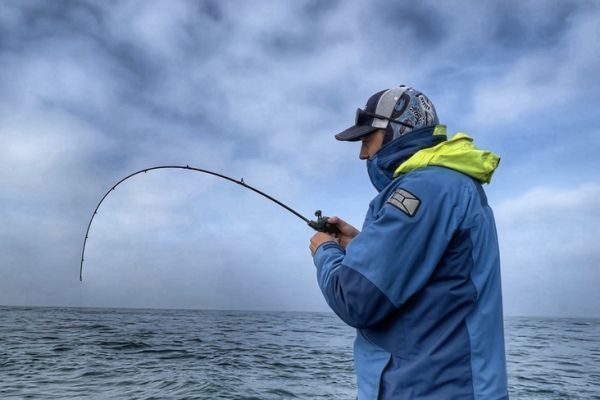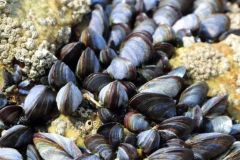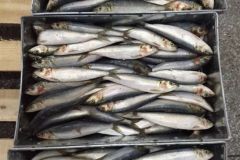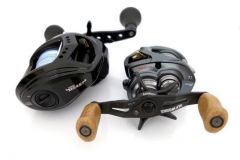Under what circumstances can you cast fish?
In freshwater, casting comes in all shapes and sizes, whether vertical or reeling. Many carnivore anglers use this technique.
Few of us use it at sea. However, for vertical fishing, such as on shipwrecks, or even with tenya or madaï for sea bream, it is becoming more common.
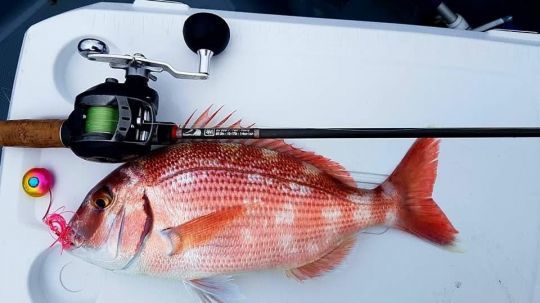
Personally, I use it a lot when I'm fishing vertically, whether very heavy on deep wrecks or with 20 g lures when I'm looking for bream or other vertical fish.
The reel, an essential component
The key point on this page is the choice of reel. While for spinning fishing, it's possible to use an entry-level reel without putting too many constraints on the technique, this is not the case for casting.
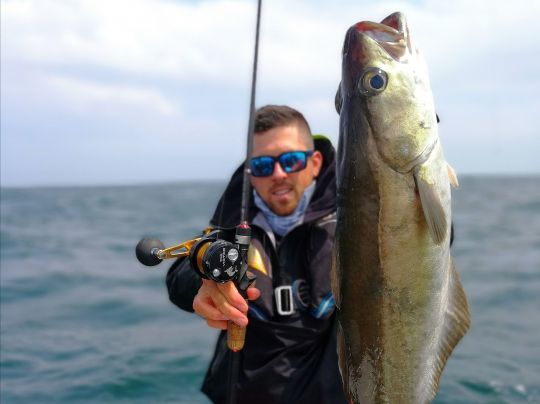
Smooth, durable mechanics are essential for this type of fishing. A fortiori, it is necessary to pay the price.
Here is a small selection:
- Le Tica Victor.
- The Daixa exa HD 300.
- Lew's Super Duty 300.
The point of attention with these reels is the ratio, i.e. the retrieve per crank revolution. Casting reels usually have a lower ratio than spinning reels. Here, the ratio is around 80 cm/revolution of the crank.
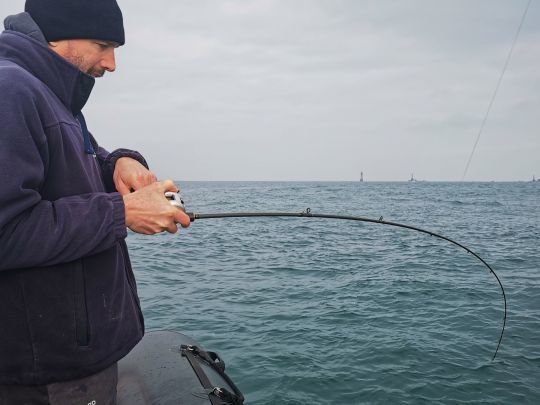
Choice of cane
When it comes to canes, I turn to a selection of Rodhouse products with three models in particular:
- The NFC S.J. 606 SM
A rod from North Fork Composites with a round action that I particularly like for wreck fishing. I can use it with lures up to 200 g vertical. It has enough reserve power to cope with the most beautiful fish. - The NFC S.J. 604 SM
This is the 606's little sister, but with less power. I use it mainly for fishing with tenyas.
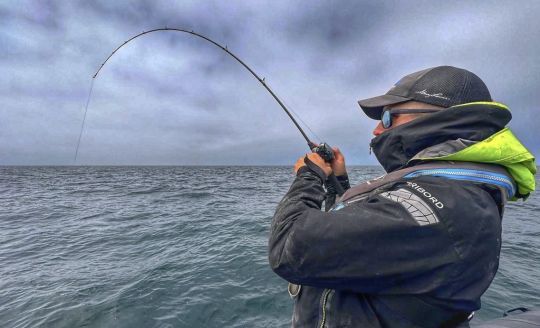
- RDR 70M
A 2.10 m rod with a very, very round action that makes fighting fun. The power rating is 50-150 grams. I've used up to 250 grams of jig.
The 3 rods mentioned here offer excellent value for money, all 3 costing around 160 euros.
The advantages of offshore casting
For vertical fishing, the main advantage is to be able to perfectly control the lure's descent. With your finger directly on the spool, you can stop the descent and start the animation right away.
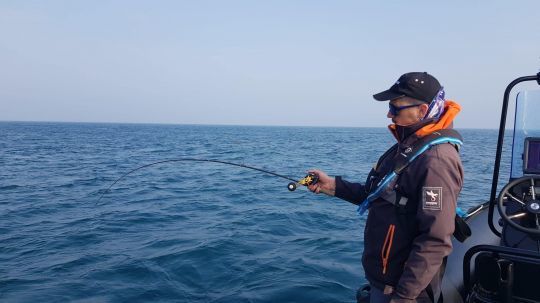
This time saving compared to a spinning reel, due to the absence of a pick-up, greatly reduces the risk of snagging, especially in congested areas or on wrecks.
These spinning reels are much more resistant to lures with very high weights. The stress on the frame mechanics is better distributed, which preserves the internal mechanics.
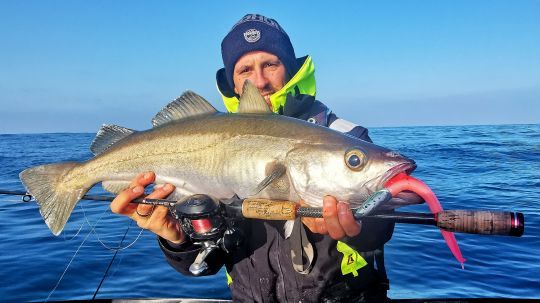
The reel's top-mounted position makes for better ergonomics, especially when using lures weighing in excess of 150g. This means long hours of effortless fishing.
